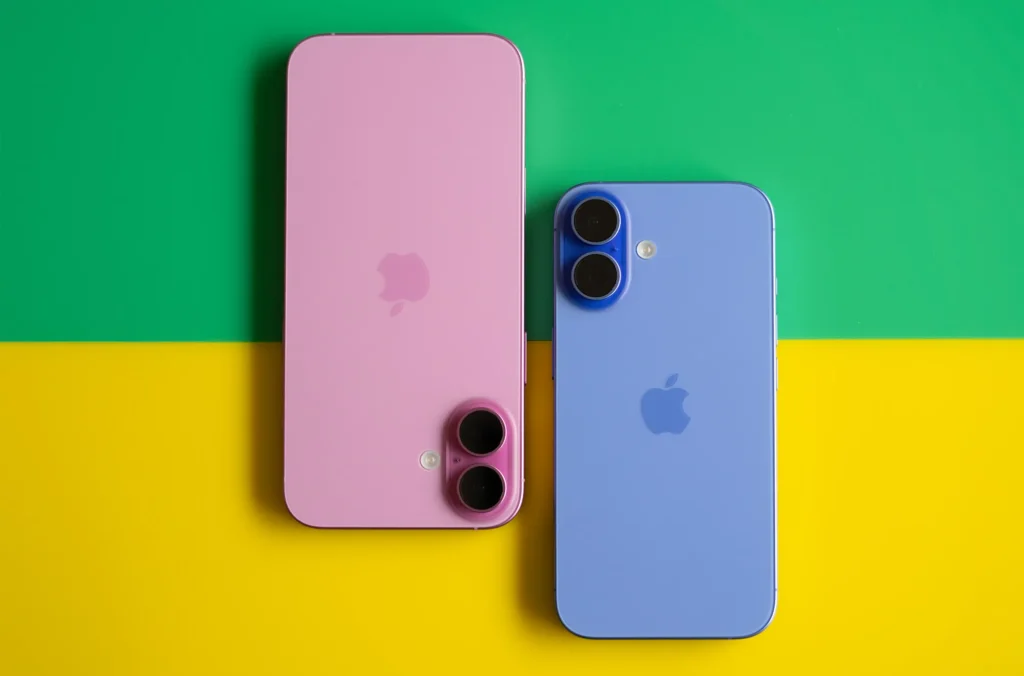
Over the past few years, Apple’s standard iPhone looked a little neglected. The Pro models got new chipsets, camera features, and a customizable Action Button, while the standard models made do with the leftovers.
But this year, things are different: the iPhone 16 and 16 Plus played catch-up, and the gap between these phones and the Pro models isn’t as wide as it once was.
That matters a lot, especially on the more basic models. If you’ve been holding on to an older iPhone for the past couple of generations wondering whether this is the year to upgrade, then I think there’s an easy answer this time around: go for it. It’s a good year for the basic iPhone, and it’s a good year to upgrade.
But this iPhone is still very much a work in progress. For starters, Apple Intelligence is supposedly a major component of this phone’s software, and it’s just not available at launch. It’s out in beta now, and some features will begin to ship next month with iOS 18.1 — still marked as “beta.” But it’s not on the phone I’m reviewing, which is running 18.0, and therefore, it’s not part of this review.
Apple iPhone 16…. $799…. THE GOOD Reliable camera with versatile photographic styles Handy new Action Button More RAM and a current-gen chipset
THE BAD…….. Standard refresh rate screen Camera Control is a mixed bag
$799 AT APPLE….. $830 AT BEST BUY
Apple iPhone 16 Plus….. $899. THE GOOD Reliable camera with versatile photographic styles Handy new action button More RAM and a current-gen chipset Big screen for big screen fans
THE BAD…. Standard refresh rate screen Camera control is a mixed bag
$899 AT APPLE…. $930… AT BEST BUY How we rate and review products I also have mixed feelings about the Camera Control, a new button on both the Pro and regular iPhone 16 models that allows you to launch the camera, take photos, and adjust some settings. I appreciate that it isn’t a Pro-exclusive feature, and boy, do I love a button. But in practice, I find it hard to use and have largely been ignoring it.
But the thing is, the foundational stuff is good. This year’s chipset is in the same family as the one on the Pro models, which means they’ll likely be on roughly the same software update schedule. The camera itself is as capable as ever, and the phone hardware itself looks great — Apple’s using some saturated colors again, thank God. And it still starts at $799, so anything added this year just feels like a nice-to-have. Even if Apple Intelligence never ships, you’d still have a good iPhone in your hands.
There’s one particularly conspicuous hardware feature missing from this, a high-end phone in the year 2024: a high refresh rate screen. Only the Pro phones get smoother ProMotion displays that go up to 120Hz, while the 16 and 16 Plus are stuck in 60Hz. By now, it’s a standard feature on modern smartphones from the midrange on up, and the iPhone looks awfully dated without it.
On principle, it’s irritating that Apple doesn’t offer this on the basic models, but in reality, how much that bothers you is entirely personal. I use phones with 120Hz screens for most of the rest of the year, and it’s always jarring for the first few minutes when I switch back to a 60Hz screen. But I get used to it pretty quickly, and I only notice the more stuttered scrolling when I think about it. Some people will find this an inexcusable omission, and they’re probably right. Some people will be perfectly happy with a 60Hz screen, and they’re also right. Everyone else exists somewhere between the two.
The 16 and 16 Plus also miss out on the always-on display offered on the Pro models. I like being able to glance at my notifications and my wallpaper when the iPhone is idle, so I miss having the always-on display on the 16. Still, I know a lot of people who don’t like it, so on balance, it’s no great loss here.
A note on Apple Intelligence: it ain’t here. I reviewed this phone with the latest stable software update available to it, iOS 18.0, which doesn’t include Apple’s much-touted AI features. The company says they’re arriving in October with iOS 18.1, and when that happens, I’ll evaluate them and update this review. We review what’s in the box, and Apple Intelligence isn’t in the box.
I have nothing shocking to report about the iPhone 16’s overall performance. The A18 chipset (and some additional RAM — thanks AI!) handles daily tasks easily. I can fire off portrait mode photos about once a second; each one has a little bit of built-in buffering time, but I never had to wait longer than that for the buffer to clear. Even if you never use the AI features Apple is promising for this phone, getting the newer chipset is a win for the regular iPhones this year and should keep this phone running smoothly well into the next four or five years.
Even on the smaller model, the battery keeps up all day. On a day of heavier use that included streaming KEXP with Strava using GPS in the background, I still had around 30 percent by bedtime. If you opt for the 16 Plus, with its larger battery, you can stretch a single charge well into a second day. The real question will be how it keeps up a year or two down the line; Apple’s recent track record here isn’t great.